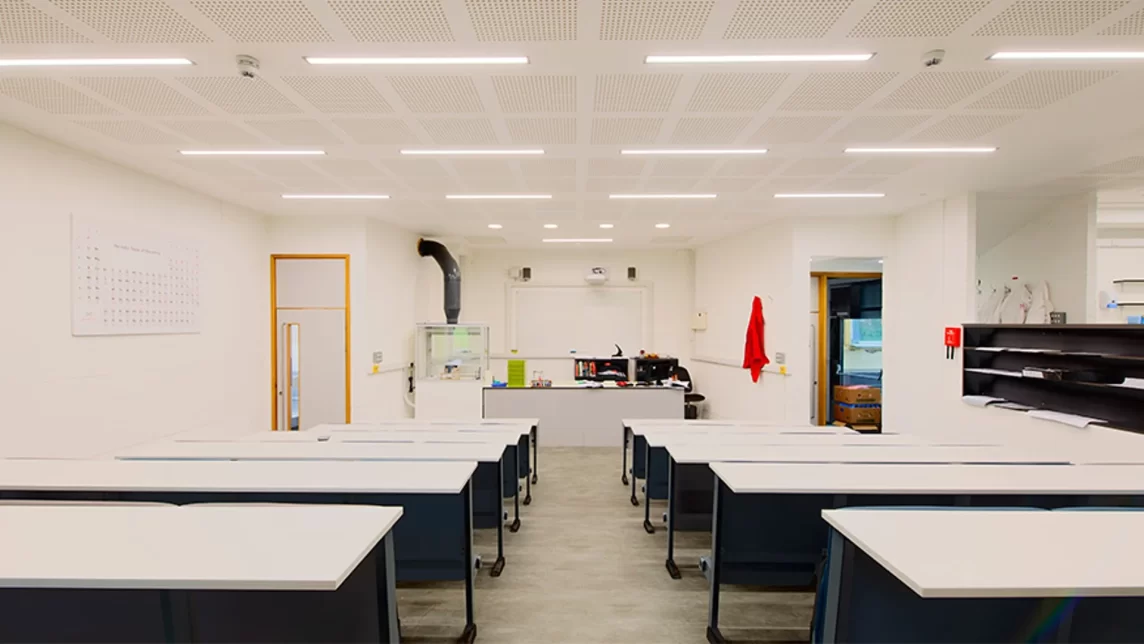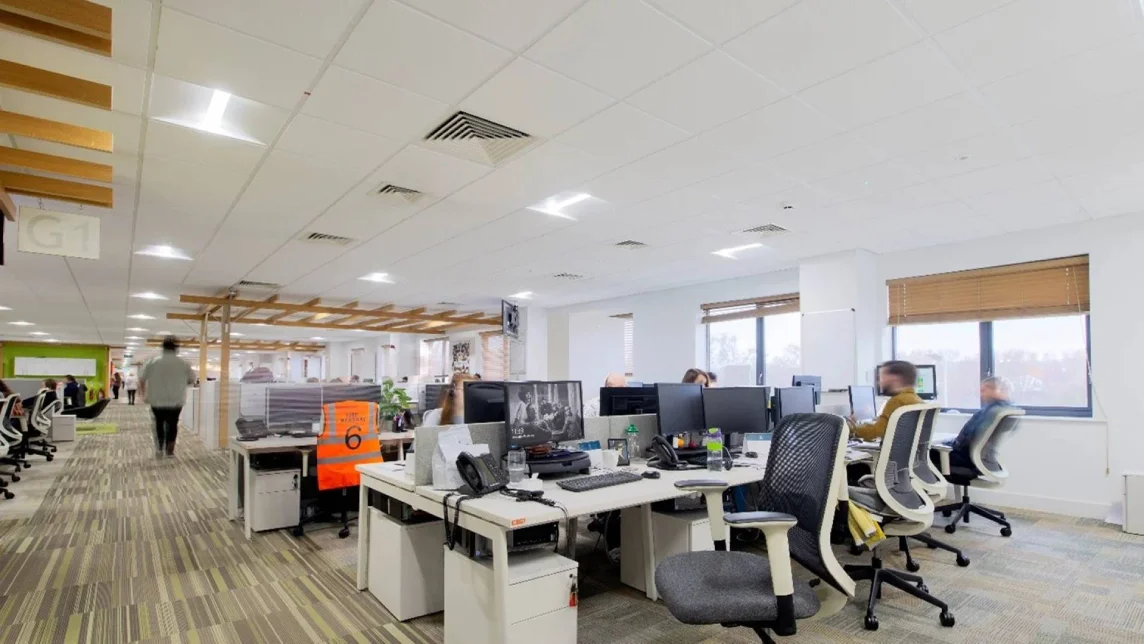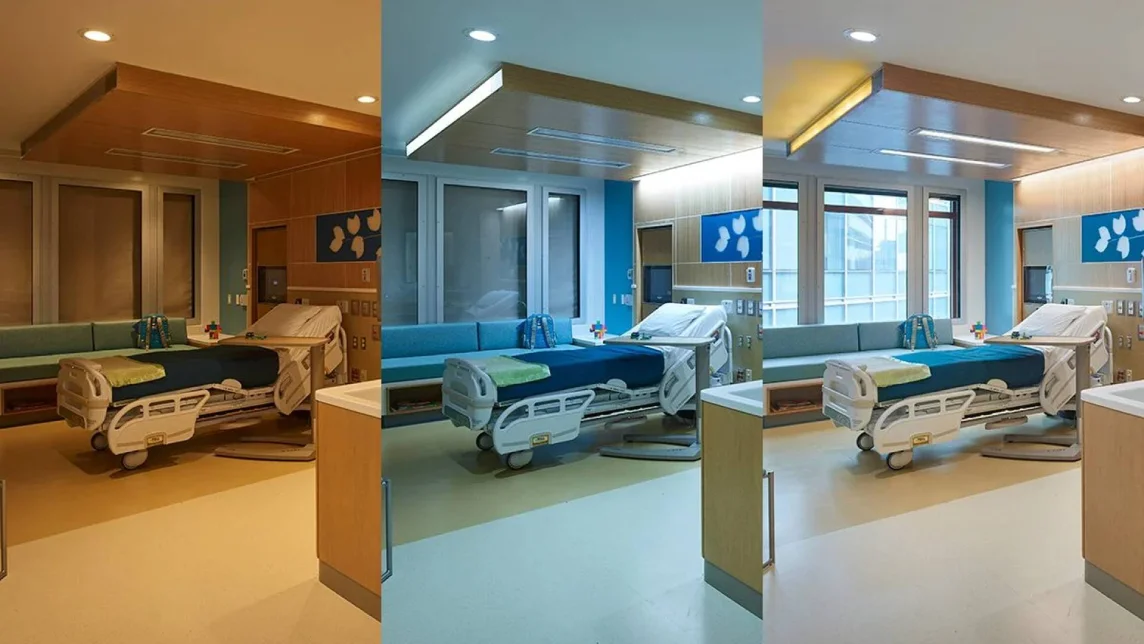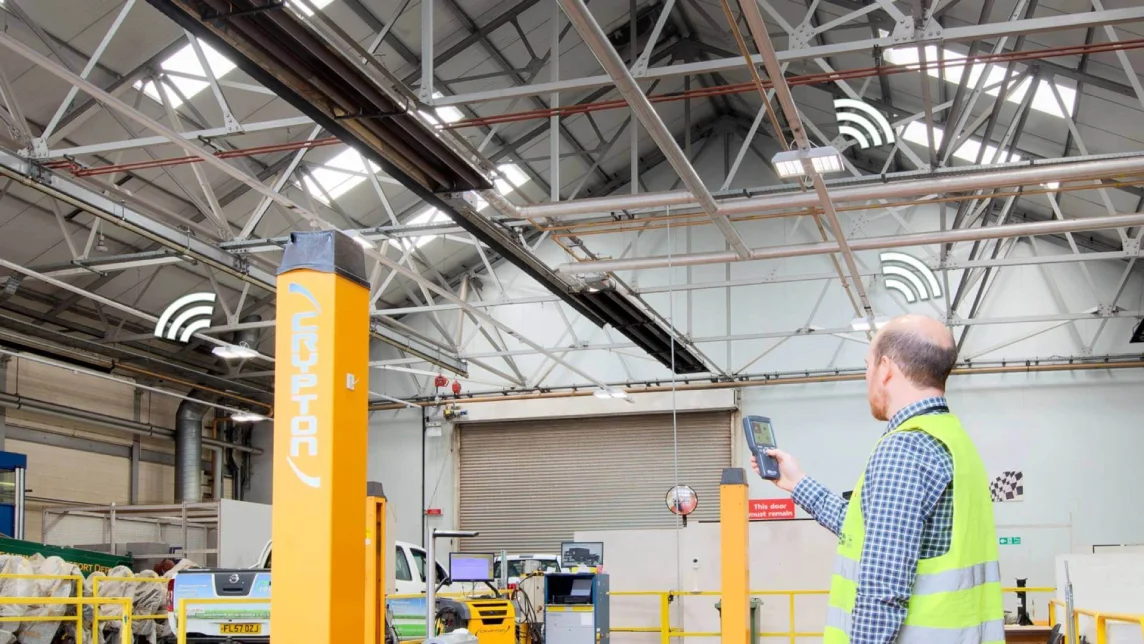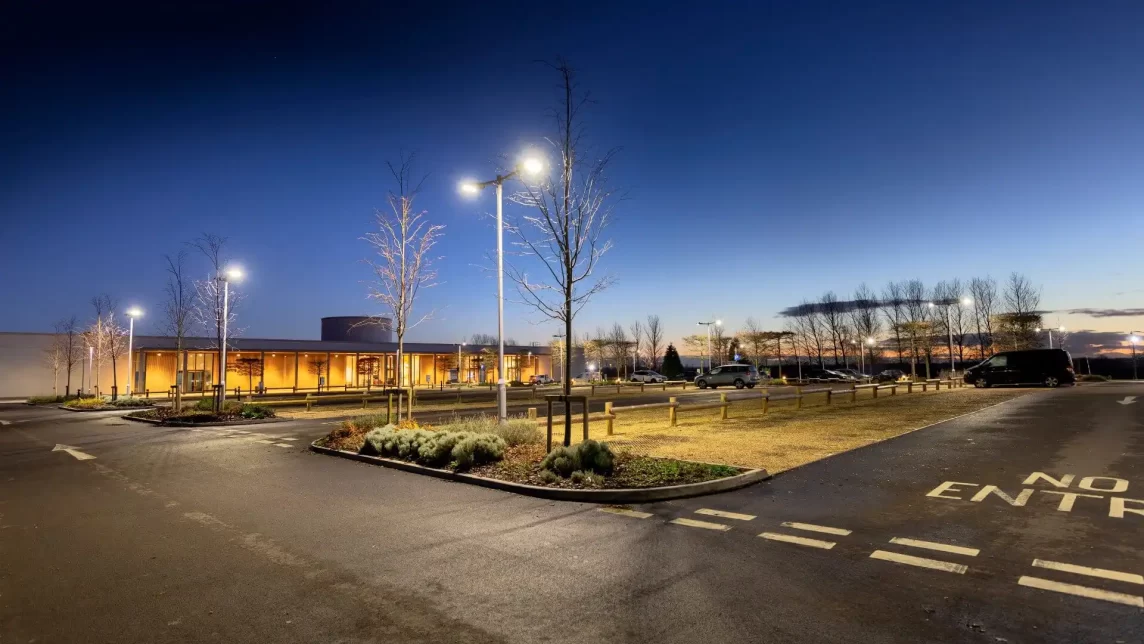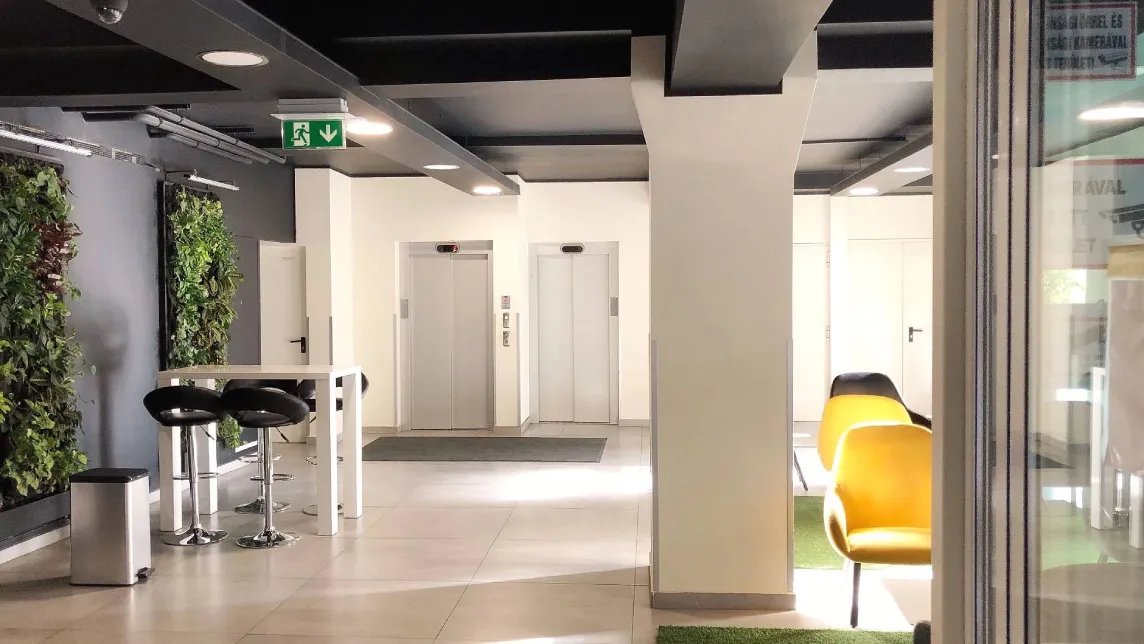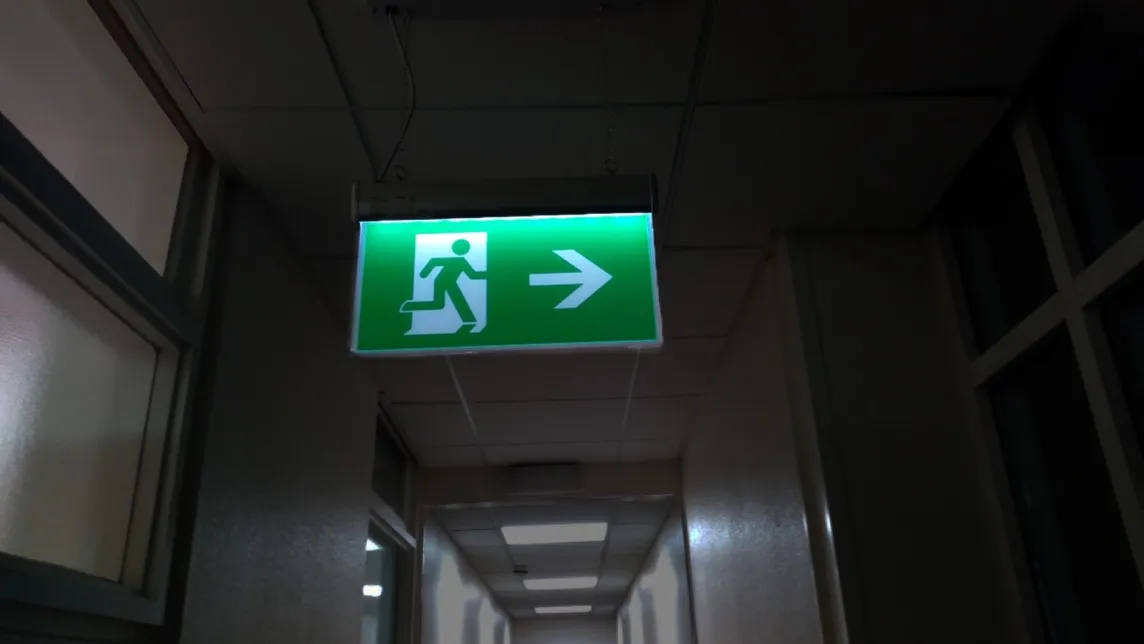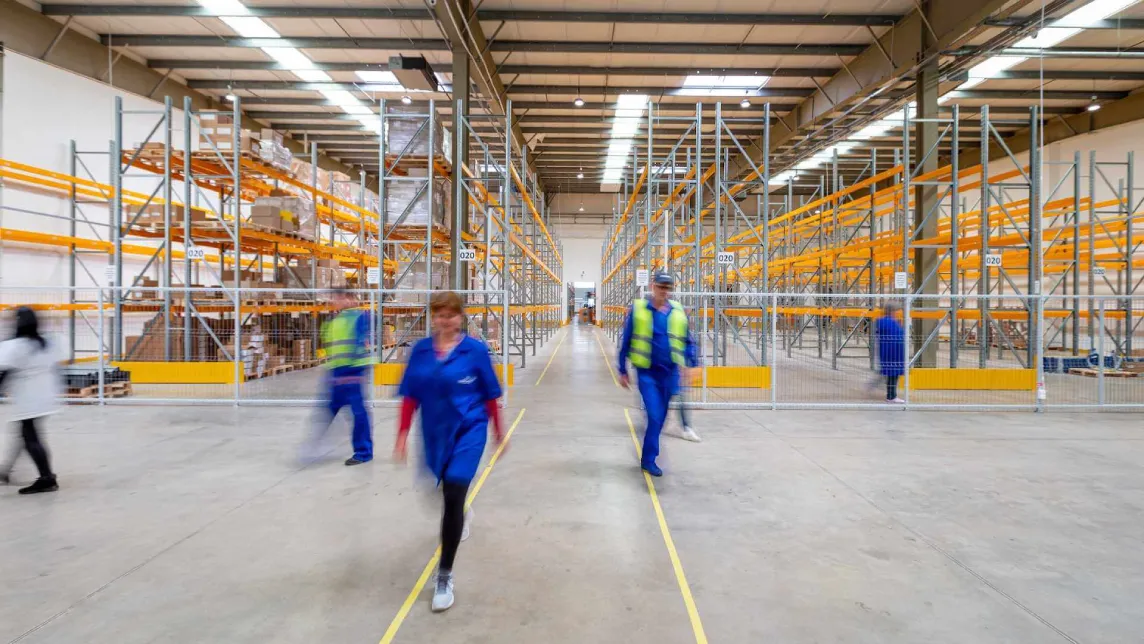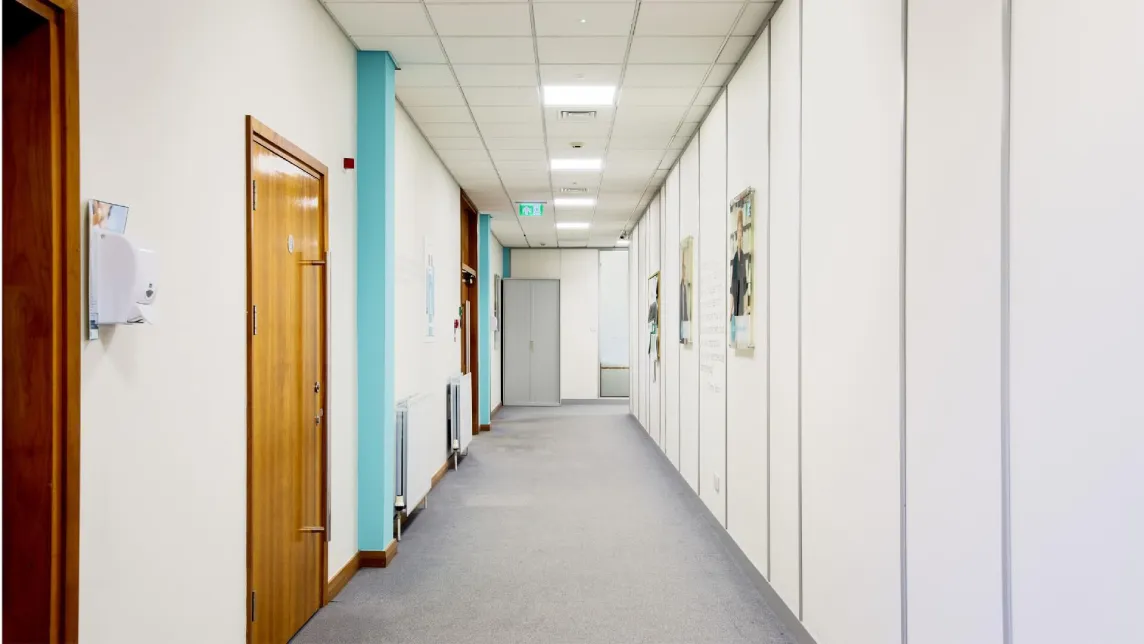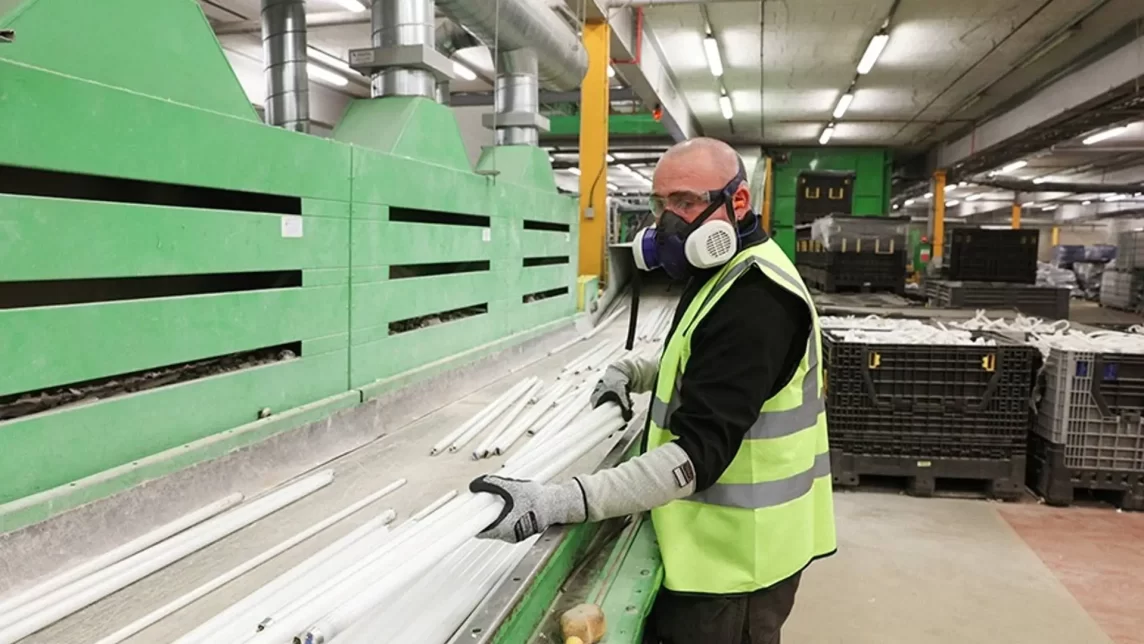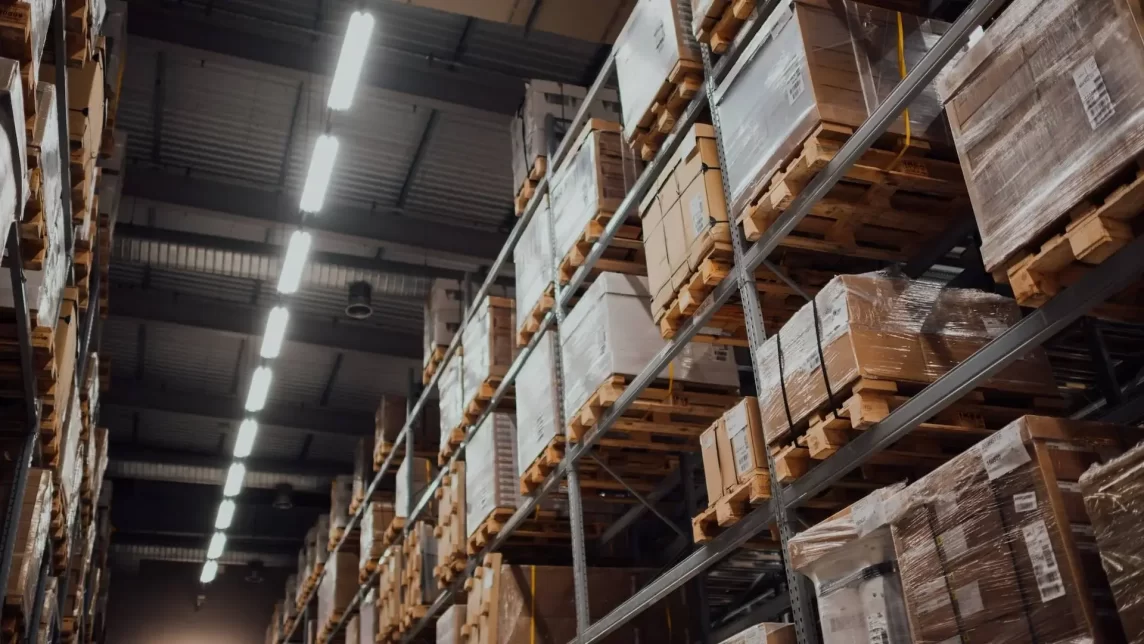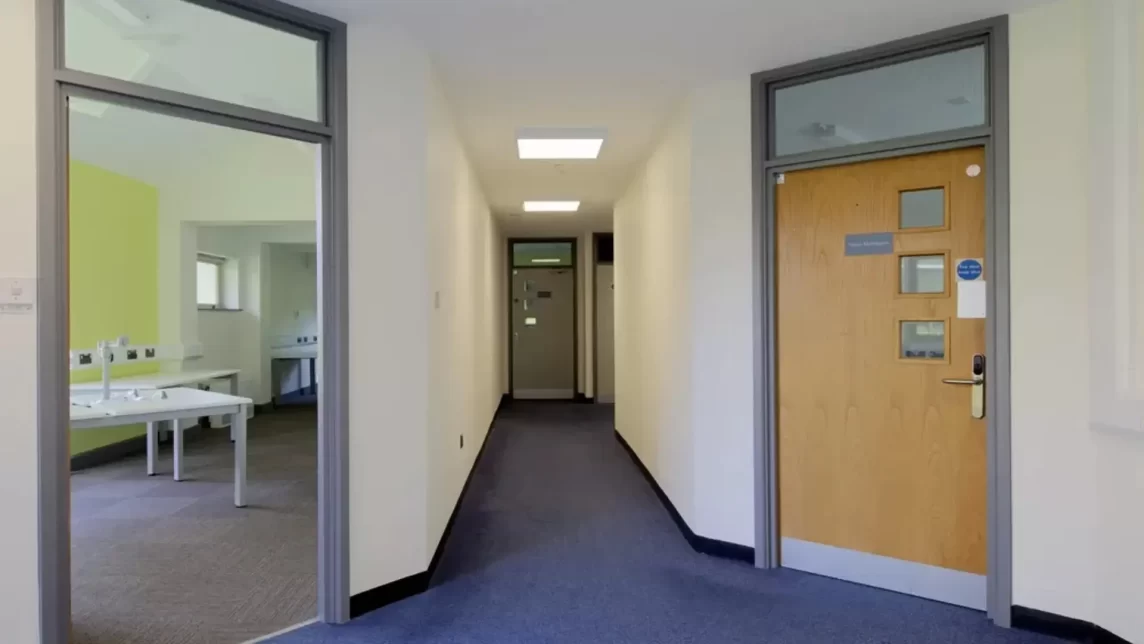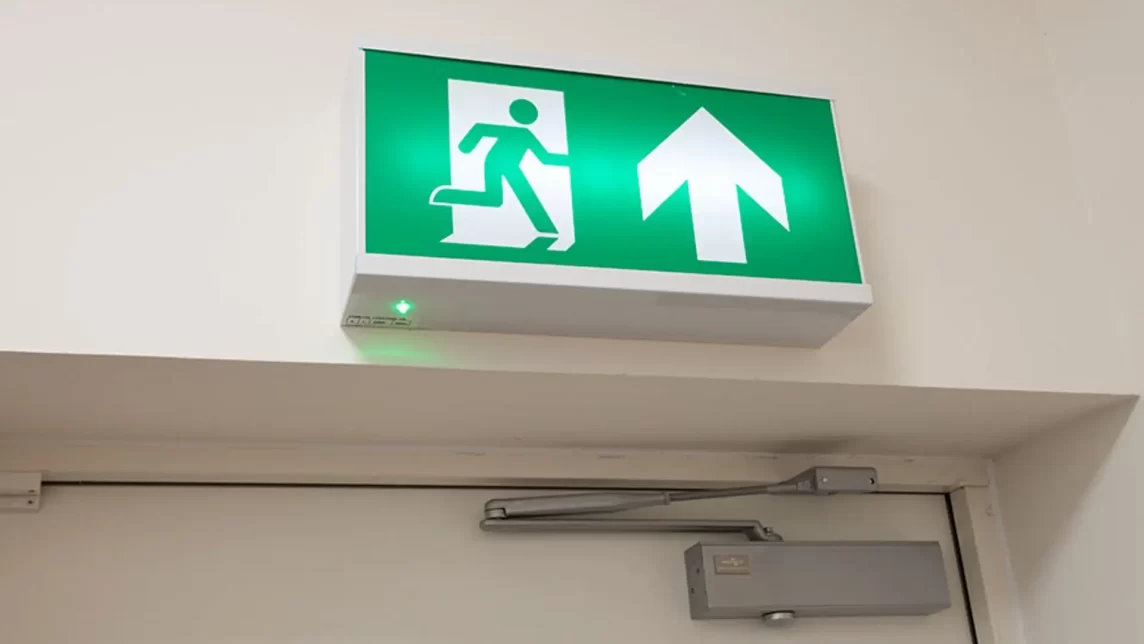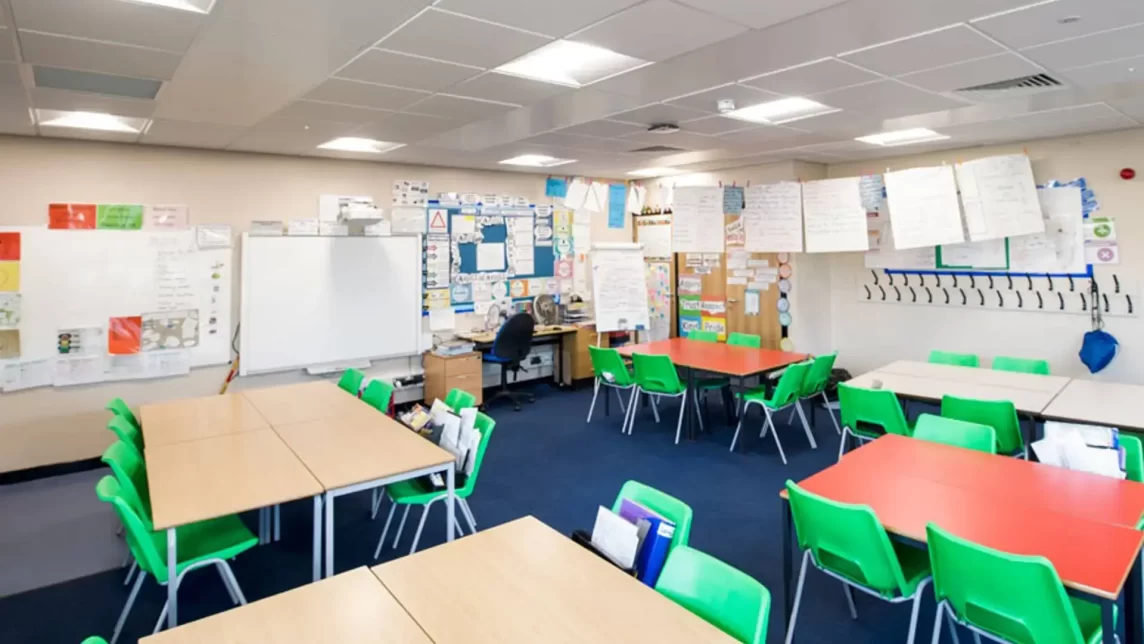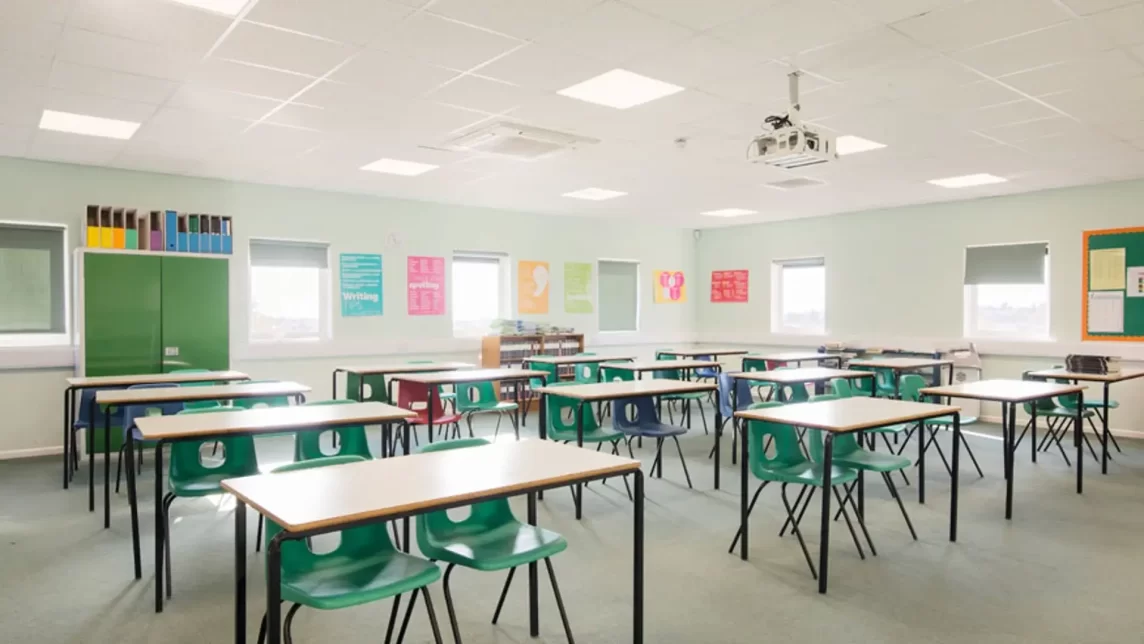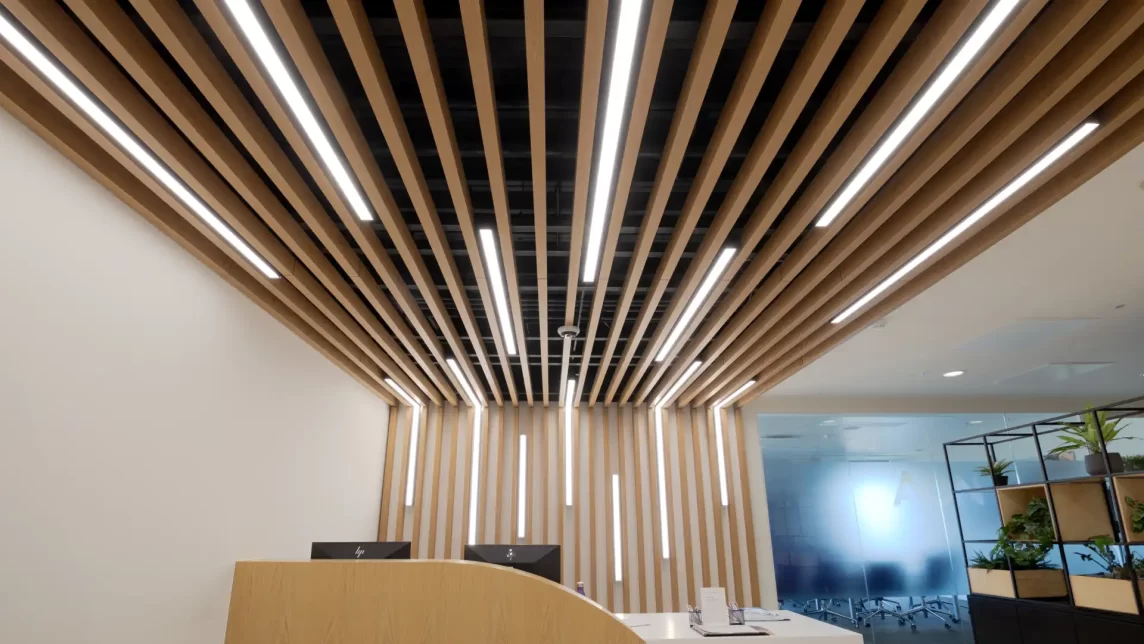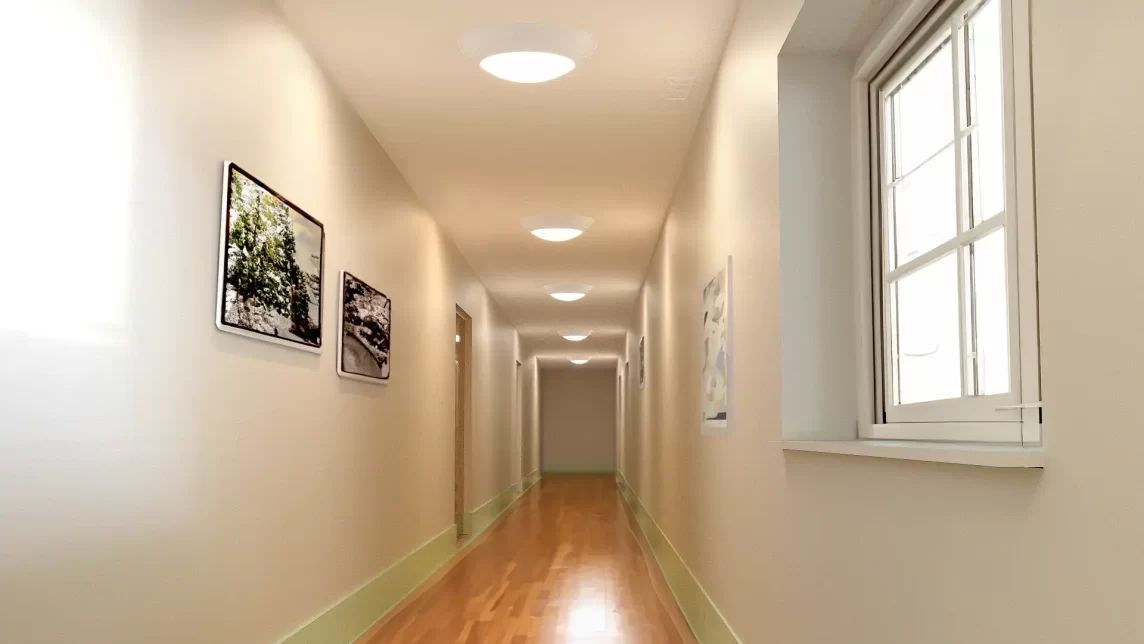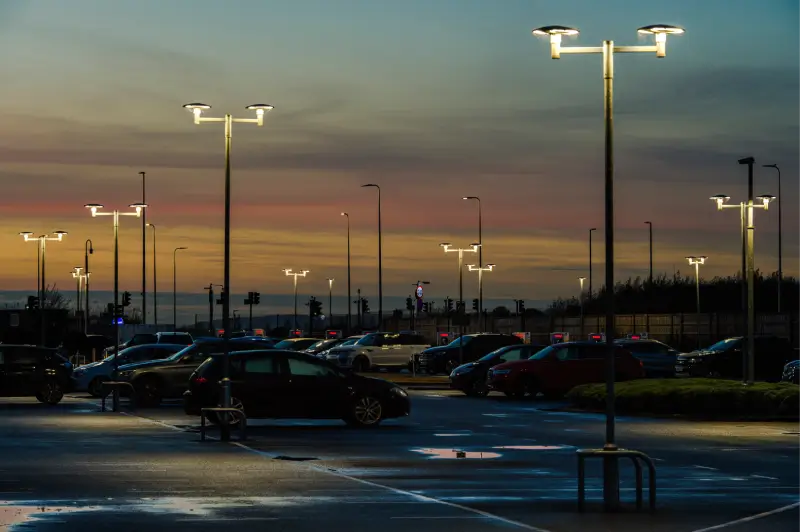
On 1 October 2023 a new and more stringent building control regime comes into force in England as part of secondary legislation for the Building Safety Act. Top industry bodies are describing the changes as the most important in decades.
The Building Regulations (Amendments etc) (England) Regulations 2023 is secondary legislation that allows further elements of the Building Safety Act to be fully implemented. The new legislation introduces a raft of new duty holder and competence requirements for clients, designers, and contractors. The changes apply to all building work to which the Building Regulations 2010 apply, with additional obligations for higher-risk buildings (HRBs).
Improving building safety standards
Since the Grenfell Tower tragedy in 2017, there has been broad industry consensus that more needs to be done to improve building safety standards. The current reinforced autoclaved aerated concrete (RAAC) crisis has once again put the building safety in the headlines and strengthened calls for better buildings.
Building Safety Act secondary legislation
The publication of secondary legislation has been welcomed by institutions across the built environment as a significant milestone towards progressing standards. However, there is also recognition that the legislation may take time to understand given the fundamental nature of the reforms it introduces.
Regulatory change
According to The Royal Institute of British Architects (RIBA), the new legislation is “part of arguably the most important regulatory change in the industry since the 1980s”. The Institute has long campaigned for reform of the building safety regulatory system. RIBA states that the new safety control regime: “…signifies a huge step in the right direction to put in place more stringent project oversight, with clearer accountability for the safety of HRBs (and non-HRBs) throughout design, construction and occupation…”.
RIBA also comments that the new legislation’s details may be initially ‘difficult to follow or understand’ because of the new roles and responsibilities involved, particularly those of principal designers.
“…another welcome step on the road to rebuilding trust..” – CIBSE
The Chartered Institution of Building Services Engineers (CIBSE ) has pushed hard for culture change around building safety with much of its effort headed by Dr Hywel Davies, Chief Technical Officer at CIBSE and an Honorary Fellow of the Institution.
In a recent article about the Building Safety Act, Dr Davies, stated: “These reforms are another welcome step on the road to rebuilding trust in the construction and operation of all our building stock following the Grenfell tragedy and another step on the road to building a safer future”.
Claire Curran, President of the Building Engineering Services Association (BESA), has also welcomed the changes. In a statement she said: “The way we are regulated is changing in the most profound way since the Second World War through the Building Safety Act, which is not just about safety…It is about the whole process of delivering projects because you can’t make buildings safer if you keep working in the same way. So, for compliance we must take a close look at everything we do.”
For the Construction Leadership Council, the latest regulations represent nothing less than a call to action to everyone working in the built environment stating: “The whole sector must step up, engage and demonstrate leadership to deliver safe and high quality buildings for those who live and work in them.”
Building Safety Act: The ‘golden thread’
One of the defining elements of the Building Safety Act, and the regulations that allow it to be implemented, is a requirement for a ‘golden thread’ of information. This so-called thread acts as a digital and easily accessible audit trail throughout the lifecycle of any building project. The ‘golden thread’ was one of the key recommendations of Dame Judith Hackitt’s 2018 report Building A Safer Future.
As defined by the Department of Levelling up, Housing and Communities and Local Government, the golden thread is the ‘information that allows you to understand a building and the steps needed to keep both the building and people safe, now and in the future’.
Building safety legislation requires emergency lighting systems in non-domestic premises with the responsibility for these systems falling to a nominated ‘responsible person’. Lighting, and especially emergency lighting, is a part of a building’s operational and fire safety systems.
Lighting is a strand of the golden thread. Designers, installers, commissioning engineers and maintenance personnel are all a part of maintaining it. The whole project team needs to ensure that suitable lighting systems are installed, maintained and the necessary information recorded across a building’s whole lifecycle.
Up-to-date information on the lighting and fire safety of a building is essential for the safety of building users – and complying with the new building regulations.
As a leading lighting manufacturer, Tamlite Lighting has called on the industry to ‘seize the opportunity for change’ and ensure building safety is a top priority. Tamlite offers a range of products within all sectors of lighting, including emergency lighting, and fire alarms.








